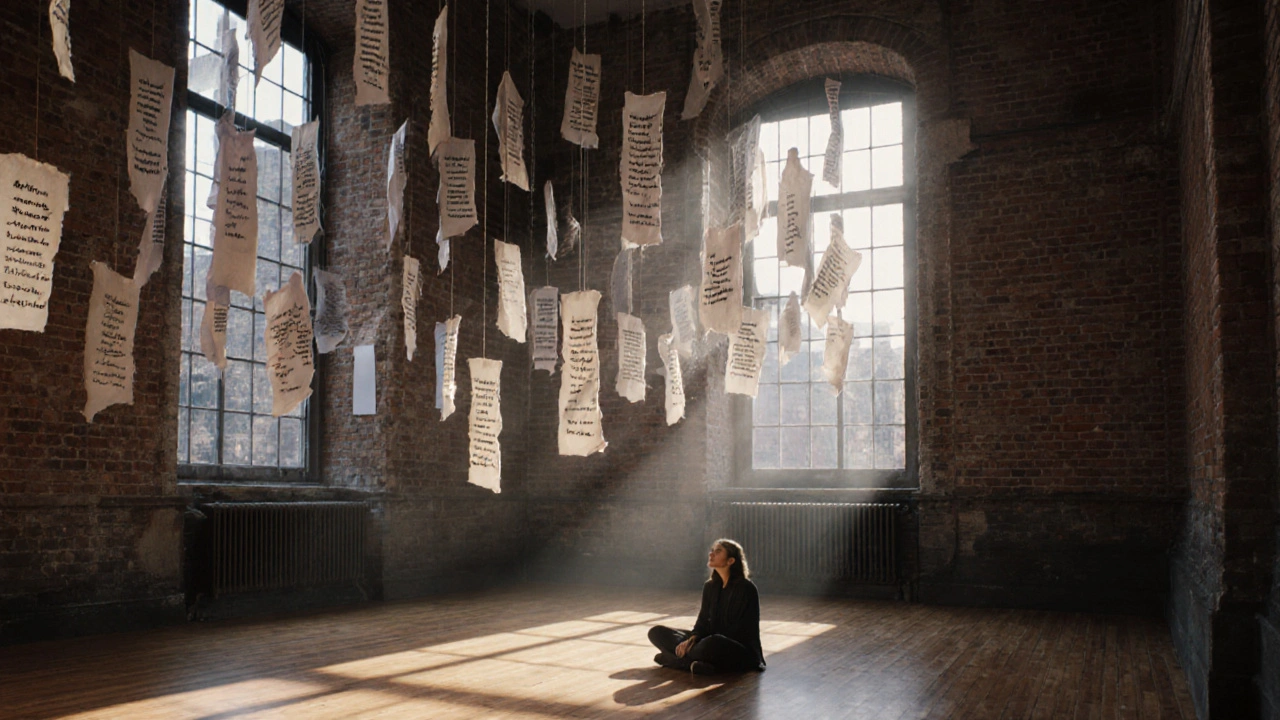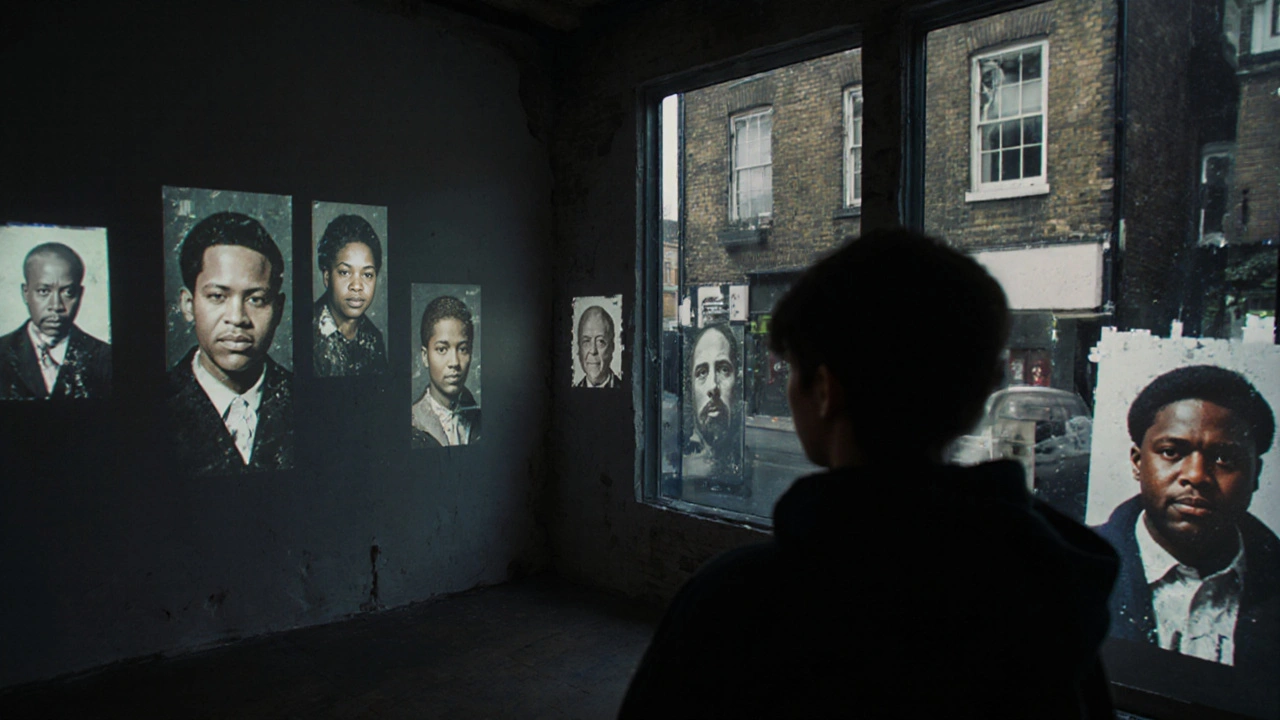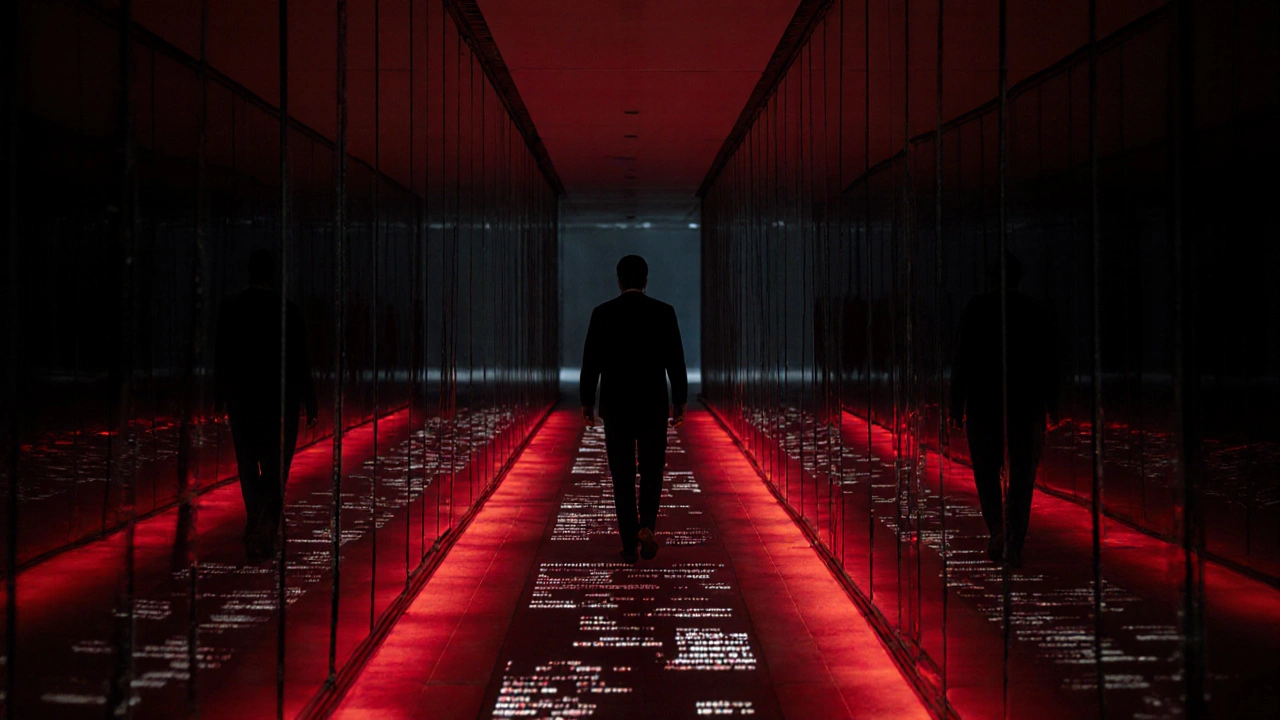
The Whitechapel Gallery isn’t just another art space in London. It’s the place where art that challenges, unsettles, and redefines what art can be first finds its voice. Since opening in 1901, it’s hosted early shows by Picasso, Frida Kahlo, and Jackson Pollock-long before they became household names. Today, it still operates with the same fearless spirit: no safe bets, no commercial compromises. If you’re looking for art that’s being talked about right now, this is where you need to be.
What Makes Whitechapel Different?
Most galleries wait for artists to become famous before giving them space. Whitechapel does the opposite. It finds artists working in basements, studios in Peckham, or online collectives in Berlin, and gives them a platform before anyone else notices. In 2024, it featured a solo show by a 23-year-old Nigerian-British artist who uses recycled plastic bags to build immersive soundscapes. The work sold out in three days. That’s not luck-it’s their pattern.
The gallery doesn’t just display art. It builds context. Each exhibition comes with a free publication, artist interviews, and public talks that aren’t stiff lectures but real conversations. You’ll hear curators arguing with artists, students asking tough questions, and locals from Tower Hamlets sharing their own stories in response to the work. It’s not a museum you walk through. It’s a living room you sit down in.
Current Exhibitions You Can’t Miss
As of November 2025, three exhibitions are drawing serious attention:
- ‘The Archive of Absence’ by Jamaican-British artist Zara Nia: A room-sized installation made of hundreds of handwritten letters from Caribbean migrants who never received replies. Each letter is printed on fabric that changes color with body heat-so the longer you stand near them, the more the words fade. It’s about silence, memory, and who gets to be heard.
- ‘Algorithms of Desire’ by collective Code & Cloth: A series of AI-generated portraits trained on 10,000 images of East London residents from the 1970s to today. The twist? The AI was fed only photos taken by local teenagers. The result is a haunting, glitchy portrait of a neighborhood changing faster than anyone can name.
- ‘No Entrance, Only Exit’ by Iranian artist Mahsa Rahimi: A dark corridor lined with mirrors that slowly tilt as you walk. You see yourself-then you don’t. The work responds to real-time data from the UK Home Office on deportations. No text. No explanation. Just the feeling of disappearing.
These aren’t just exhibitions. They’re experiences that stick with you. People come back three, four times. Some sit on the floor for an hour just watching the light shift across Zara’s fabric letters.

It’s Not Just About the Art Inside
The building itself tells a story. The original 1901 structure was built as a public reading room for dockworkers and tailors. The high ceilings and large windows were meant to bring in daylight for people who worked in dim factories. Today, those same windows frame views of the modern skyline-glass towers rising over old brick terraces. The gallery keeps the original wooden floors, the iron railings, the peeling paint in the stairwell. It doesn’t hide its history. It leans into it.
Outside, the courtyard hosts free outdoor screenings on summer nights. In winter, the café serves chai made with spices sourced from local Bangladeshi grocers. The staff often include volunteers from nearby schools. The gallery doesn’t pretend to be a neutral space. It’s a community hub with art at its center.
How to Visit Without the Crowds
Weekends get busy. If you want to really see the work-not just snap a photo and leave-go on a weekday morning. Tuesday and Wednesday, 10 a.m. to 1 p.m., are quietest. You’ll often have entire rooms to yourself. The gallery opens at 11 a.m., but the staff let early visitors in from 10:30 a.m. if you ask politely at the front desk. No ticket needed-it’s always free.
Don’t skip the bookshop. It’s small, but it carries limited-run zines, artist pamphlets, and out-of-print exhibition catalogs you won’t find anywhere else. A $12 zine on the history of protest posters in East London sold out last month. They restock every Thursday.

Why This Matters Beyond London
Whitechapel proves that major art doesn’t need a big budget or a celebrity name. It needs curiosity, courage, and a willingness to listen. While other institutions chase sponsorship deals and blockbuster shows, Whitechapel still asks: Who’s being left out? What’s too uncomfortable to show? Who’s making art no one’s paying attention to yet?
Its model has been copied-sort of. Other cities try to replicate it with new “innovative” galleries. But they miss the point. You can’t copy the history. You can’t buy the trust. You can’t hire your way into the community. Whitechapel’s power comes from 124 years of showing up, consistently, without flinching.
If you care about where art is headed-not where it’s been-you’ll find it here. Not in the glossy catalog. Not in the Instagram post. But in the quiet space between the viewer and the work, where something changes without anyone saying a word.
Is the Whitechapel Gallery free to enter?
Yes, entry to all exhibitions at the Whitechapel Gallery is completely free. There’s no need to book tickets in advance for general admission. You can walk in during opening hours-11 a.m. to 6 p.m. daily, and until 9 p.m. on Fridays. Special events or film screenings may require registration, but these are always clearly marked on their website and at the entrance.
Where is the Whitechapel Gallery located?
The Whitechapel Gallery is located at 77-82 Whitechapel High Street, London, E1 7QX. It’s a 5-minute walk from Whitechapel Underground Station (District and Circle lines) and a 10-minute walk from Aldgate East. The nearest bus stops are on Whitechapel Road (routes 25, 205, 254, and 388). The building is easily recognizable by its large white facade and historic brick arches.
How often do the exhibitions change?
Exhibitions at the Whitechapel Gallery typically run for about 10 to 12 weeks, with a new show opening every 2 to 3 months. They rarely repeat artists or themes. The schedule is always announced at least two months in advance on their website and social media. Many of their shows are developed in collaboration with artists and communities, so the timeline can vary depending on production needs.
Can I take photos inside the gallery?
Photography is allowed for personal, non-commercial use in most galleries, unless a specific artwork is marked as off-limits. Flash, tripods, and selfie sticks are prohibited. Some installations-especially those using light-sensitive materials or involving live performance-may have a strict no-photography policy. Signs are clearly displayed at each exhibition entrance. If you’re unsure, ask a staff member.
Is the gallery accessible for visitors with disabilities?
Yes. The Whitechapel Gallery is fully wheelchair accessible, with lifts to all floors, accessible restrooms, and hearing loops in the auditorium. They offer free tactile tours for visitors who are blind or have low vision, and sign-language interpreted talks every month. If you need specific accommodations, you can email their access team at least 48 hours in advance. They also provide quiet hours on the first Saturday of each month for neurodivergent visitors.
What to Do Next
If you’ve never been, start with a weekday morning visit. Bring a notebook. Sit in one of the quieter rooms. Let the work settle in. Don’t rush to understand it. Just notice how it makes you feel. Then go to the café. Talk to someone who works there. Ask them what piece surprised them the most this season. You might walk out with more questions than answers-and that’s exactly the point.
Follow them on Instagram @whitechapelgallery. They post behind-the-scenes clips of artists installing work, candid interviews, and short videos of visitors reacting to pieces. No polished ads. Just real moments. That’s the Whitechapel way.